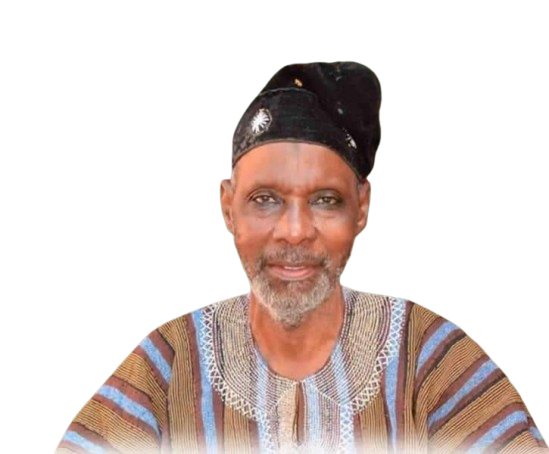- Brief Introduction
Kumbungu District is located between latitudes 9⁰ ̍33 32 ̋ N and longitudes -5⁰ 65′ 5″ W. The district occupies an area of approximately 1,599 km sq. as its land mass. Kumbungu district has a population of 110,586 with 55,291 being males and 55,295 being females with an estimated growth rate of about (3%). Population density is approximately 50 inhabitants per square Kilometer. Females constitute about (50%) of the population whilst that of males also stand at (50%).
The total number of the population of 27,694 (Male 13,784 and female 13,910) live in the urban areas. A total of 82,892 (Male 41,507 and female 41,385) live in the rural areas. (GSS, PHC 2021)
The District was carved out from the then Tolon-Kumbungu district by a Legislative Instrument, (LI) 2062 of 2011 which was inaugurated on the 28th June 2012 with Kumbungu as its capital. The district shares boundaries with Mamprugu-Moagduri district to the North, Tolon and North Gonja districts to the West, Sagnarigu district to the south and Savelugu Municipal to the East.
- Ethnicity, Religion and festivals
The indigenous people are Dagombas; however, other tribes like Gonjas and Ewes who engage in fishing activities are found along the White Volta.
Dagombas constitute about (95%) of the district population, meanwhile, there are pockets of other tribes like Fulanis, Frafras, Moshies and so on in the district.
Islam and Traditional Religions are the predominant religions of the people. However, it is worth mentioning that there are pockets of Christians across the broad spectrum of the population especially in the urban settlements.
There are a number of festivals in the area, the major ones are Bugum (fire) and Damba festivals celebrated annually.
